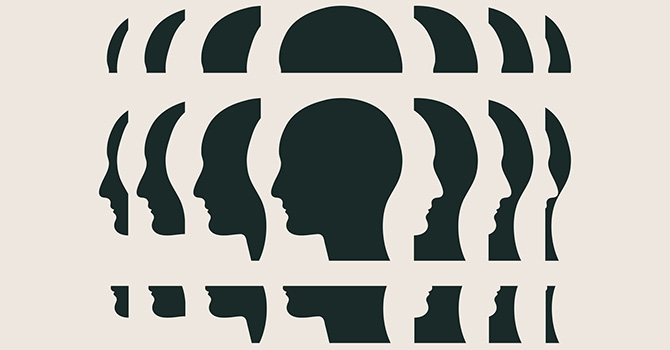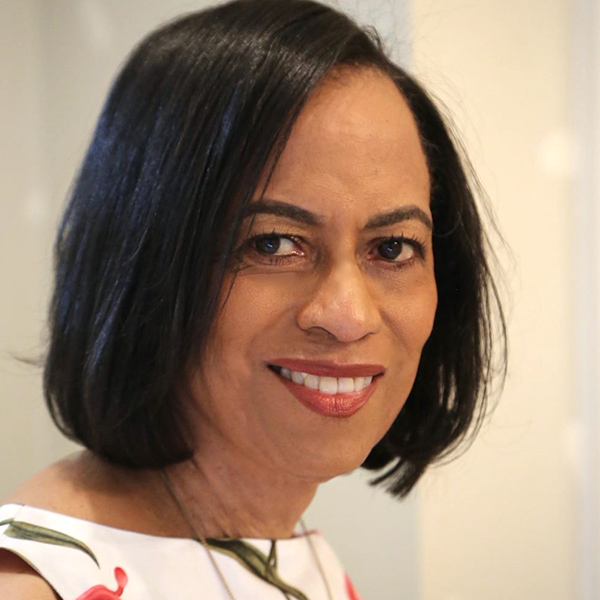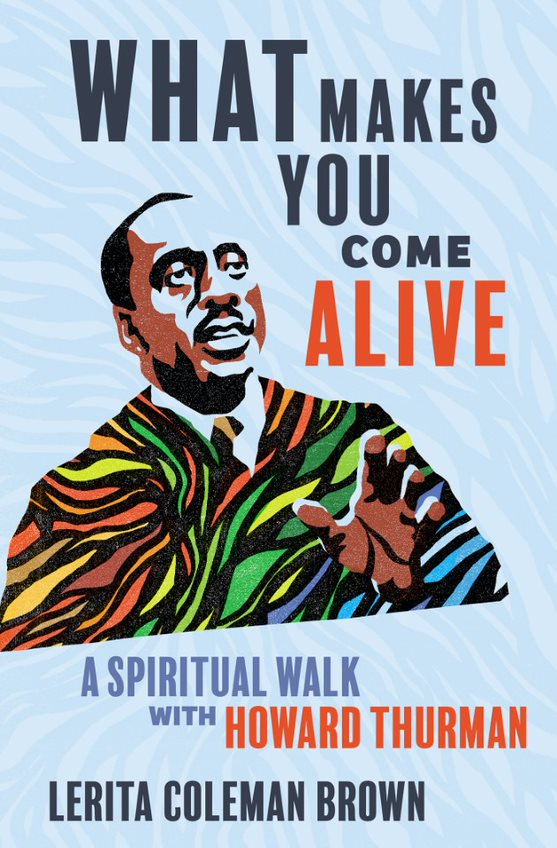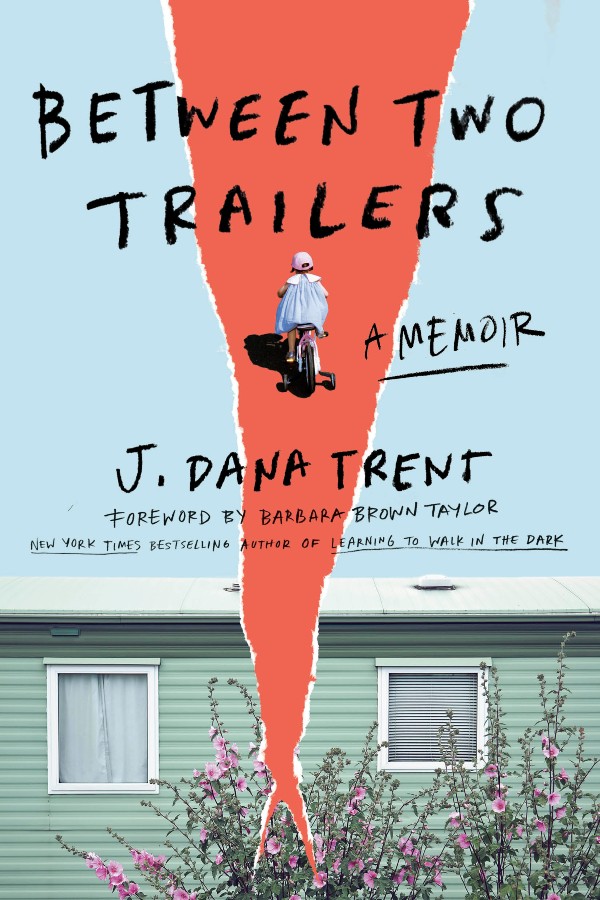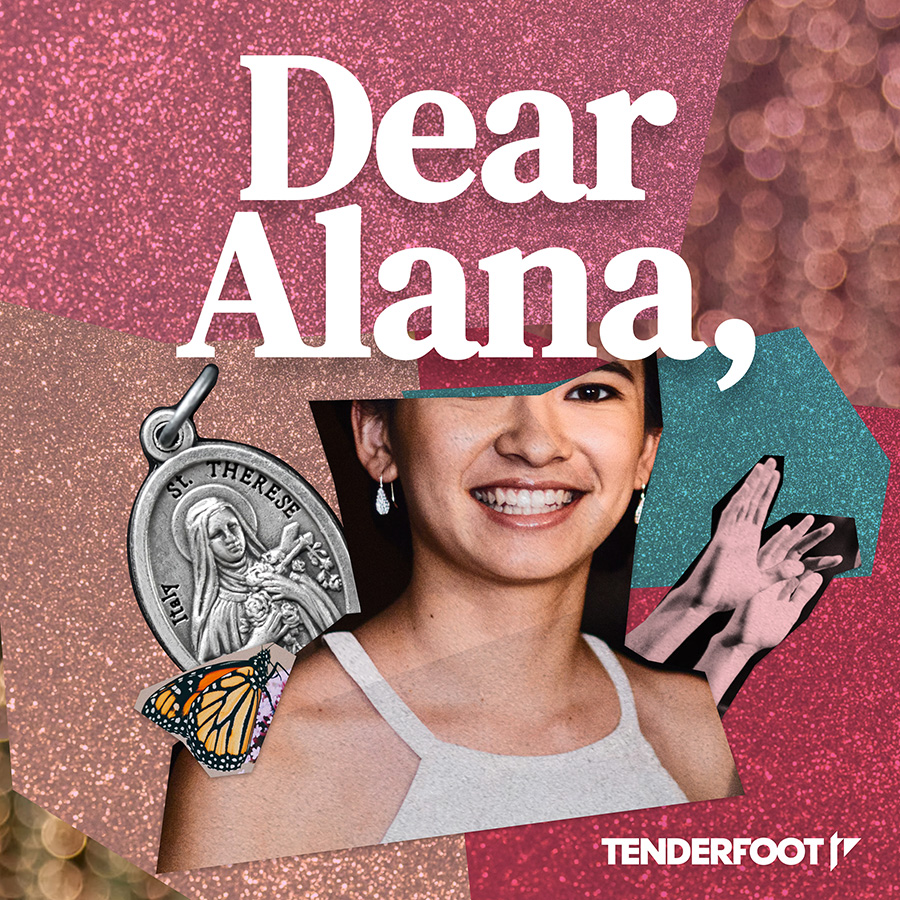Medical students may be drawn to the profession by a sense of idealism and altruism, but all too often they begin to lose that outlook in their third year of medical school, Dr. David Hirsh said.
Hirsh is the director and co-founder of an innovative program that seeks to combat the phenomenon -- known as “ethical erosion” -- by creating a new educational model.

In the third year of training, medical students typically do monthlong rotations, in which they quickly move among different disciplines. But students in Harvard Medical School’s Cambridge Integrated Clerkship are assigned to teams that follow patients through diagnosis and treatment and even after they’re discharged from the hospital.
As a result, students learn to be empathetic and patient-centered.
“It’s a relationship-based model of learning where duty and commitment imbue the learning process, the learner and the teacher,” Hirsh said.
Hirsh spoke with Faith & Leadership about how efforts to remake the medical school experience have gained acceptance and delivered some unexpected benefits for students, teachers and patients. The following is an edited transcript.
Q: How did you reach the conclusion that you needed a better way of forming and training medical students?
There are three important missions when you are trying to help a person become a physician/caregiver. One is knowledge, one is skillfulness, and the other might go under the rubric of professionalism.
Some people would boil professionalism down to altruism and duty. There are others who have a much broader rubric for professionalism. Some would say professionalism is in essence just humanism, professionally applied.
Medical schools have been traditionally quite excellent at helping students learn the knowledge part and the skill part, across a wide variety of skills.
Medical schools traditionally have not used deliberate training for professionalism. They’ve relied on bringing in wonderful people and having them do wonderful things, and hoping professionalism takes care of itself.
But in the last couple of decades, there has been a real movement internationally for professionalism. We knew that it was underlying the way the world was thinking about medical education, so what we brought to it was the hope that we could be very direct in our efforts to foster humanism.
We wanted to see if we could deliberately design the structures of education to foster the things that we thought of as being valuable. And those things were well-described in this rubric of knowledge, skills and professional demeanor.
Q: What are the core values that drive this program?
An article in the New England Journal of Medicine was first written as our philosophy piece. We called the article “‘Continuity’ as an organizing principle.”
The continuity is between student and patient, between student and faculty person, between and among students. They would develop a community orientation toward this very service-oriented profession, not “it’s all about me.”
Questions to consider
Questions to consider:
- How might Christian institutions adopt Hirsh's commitment not to “separate the learning from the service” in forming young leaders?
- What elements of Hirsh’s program are adaptable to other situations in which leaders may become detached from those they serve?
- What parallels do you see between third-year medical students and institutional leaders you know who also are experiencing “ethical erosion”?
- How might “continuity as an organizing principle” help us create and sustain thriving communities?
The patient needs to matter to the student. The student should be longitudinally connected to that patient with an authentic role in care.
There’s also continuity between the student and content. They get to revisit and reflect upon the material again and again. So the educational environment itself is continuous, because the curriculum is spiraling. Students are re-engaging the themes at a higher level, being allowed to learn, forget and learn anew.
Expertise literature speaks about the capacity to be the ever-novice, never content with what you might know.
It’s a relationship-based model of learning, where duty and commitment imbue the learning process, the learner and the teacher. There’s continuity of the curriculum where they can revisit and be frail, where not knowing is OK.
It’s the seeking to know anew with a developmentally rational trajectory, where people are nourished by the processes of learning rather than the outcome. The outcomes must be revisited again and again. So that’s the third continuity.
The continuity of peer/peer is something we actually didn’t come upon until later, but it makes sense, of course.
And then, finally, we had a fourth continuity: the continuity of idealism. And that is if you enter medical school idealistic, you should exit at least that much, or more, idealistic. That would be the counterweight to ethical erosion.
It’s not about us as individuals. It’s about relieving human suffering.
Q: Why were you motivated to create this program? How did that come about?
A lot of us experience things in medical school or in our medical training that make us think hard about why we are doing this -- what is the core principle? And what are the values that led to this?
Some things are curricular. Some things are just in the surround, in what they call the hidden curriculum. And as you have those reflective moments, it generates imagination of what education ought to be or might be.
As it turns out, much of what is residing in the hearts of all of us is also well-described in the literature. There is a type of literature that has been around since about 1994 that addresses something called “ethical erosion.”
The articles are oftentimes really quite sternly entitled, written with language that is quite crisp, I would say. One title is “Is there a hardening of the heart during medical school?”
Another one, more of a thought piece than a study, is called “Vanquishing virtue.” So there are lots of very powerful writings about ethical erosion.
We find it far beneath the highest ideals of service professions, and obviously way far behind the ideals of the sacred traditions of medicine, where service to your patient and using science to relieve human suffering are the utmost sacred.
If we’re going to have to meet that standard, it can’t be left to chance alone. We have to work hard deliberately and make curricula to do that, to bring that out, to foster and nourish it.
Q: How might this be applied to another field?
The thing that really fills us up has to do with this notion of authentic, meaningful roles. The part of you that craves service and went to learn these things because you wish to serve another should be engaged in the learning process. You don’t separate the learning from the service.
Now of course there are times when you must just learn skills here or there. We do simulations, and we learn in textbooks and through lectures -- all sorts of ways.
But the actual “doing” should be as authentic and meaningful as possible. It’s imbued with meaning.
Communities can get together and do terrible things. History is replete with examples of this in both religious and nonreligious ways. It’s a story of human frailty at the highest levels.
But when communities function on the good side of the spectrum, they can be incredibly helpful, as they mutually affirm high ideals, service-minded ideals. Relieving human suffering is a worthy ideal of medicine.
So the community of students with their faculty and with nurses and other professionals, and frankly having students engaged with the community of patients that they are serving, puts them in a position to recognize the nuances and subtleties and fullness of the community. It’s all about relationships.
My highest ideals can inform my work. My work can support my highest ideals. It sounds dreamy, but in the real world of work, hard things happen. They’re going to happen whether we have solid community or not.
Maybe our resilience, our reflective practice when things get hard, our ability and awareness to reach out -- all those things have to do with the habits of mind of recognizing self and other. So what’s wrong with the curriculum that would try to foster those things?
Even when you’re not your best self, at least you are self-aware, self-reflective; you seek help from colleagues and advisers and mentors. You are willing to reflect anew, try anew, grow anew, serve better anew.
Q: So this is in contrast to a system that does the opposite -- an institution or system that encourages the hardening of the heart?
Right. Some people are filled up with mission when they’re in a system like that; others might actually be hurt by such a system. So how do we preserve those people, give them community, give them connections and tendrils and things that support them? How do we energize them to try to fix what they can fix?
The system is us. There’s no system that’s not us. We’re part of the system. And when you feel potential and possibility, you imagine what ought to be; you’re energized even in the most local and small ways to keep on trying.
You have relational strength, relationship with self and others, and you have communal strength, those you want to serve to uphold you in your quest to make the system a little better.
Q: You have pointed out that your students do as well as or even better than other medical students on exams. Would your program be a success if that were not true?
That was one of the very first things we talked about: What if they just do the same on content tests but they’re more altruistic or empathetic or more highly satisfied? Would it be a success?
We are not professing that they will do better on content or on skill. We are only professing that they will not have a decline in their spirit. That was our original presentation to the school, and outside the school as well.
So now, we were naive in two ways. One is, to our knowledge, there had been no formal full, wholesale restructuring of the third-year medical [curriculum] that had only improved humanism.
But we also were naive in another way, which was it never even occurred to us to consider the Aristotle kind of notion that if you help unleash human flourishing, flourishing happens beyond the society that flourishes.
We were separating the humanism from the science and the skills. Rhetorically, we were saying it’s important to have them both together, yet we didn’t quite imagine that training for service would actually help the science.
Now that may be a message to consider in other domains of learning, other disciplines outside of science and medicine.
Q: Do you have goals about scaling your program or replicating it? What do you hope to be the impact, beyond your own school?
There were people who did this before we did and have done it much longer than we have. [Duke University School of Medicine offers a Primary Care Leadership Track.]
Our redesign was different, though, because a lot of them have done it for primary care in rural and remote health. We were doing it essentially just for the humanism and the learning, and we were doing it in a very different setting, at a big academic medical school, although in the public hospital of that medical school.
The pilot was supposed to be six students, but so many applied, we actually started with eight. After a couple of years, we increased it to 12.
And the question became whether it was the best thing to do to keep increasing at our site or whether the right, best thing to do was to leave the information out there and see if other sites can find even newer advancements, even better improvements.
As scientists, we have to believe that science advances in the clinical and basic science realms. But shouldn’t science also advance in the education realm? And if we believe that, then by definition we don’t want our model repeated. We want to have the next, better model, and the one better after that. And we should improve ours.
We’re trying to push the envelope to do better and better by serving society, and that requires specifically that we not reproduce the model. So now there’s this ongoing dialectic toward ever improving the capacity to serve and learn. That’s a good thing.
As an international movement, this has just taken off. But the better news is not that it’s scaling the same thing. It’s scaling new things using these principles.
Q: How do you choose the students for this program?
Ours is random [among the students who apply]. Some schools do look for aptitude, and some don’t.
The ones that are doing this for rural and remote health care and primary care may spend more energy trying to figure out who is right for the program, because they’re going to situate them out in rural environments.
We’re not trying to train for any discipline. They can do neurosurgery or surgery or some subspecialty of medicine -- psychiatry, pediatrics, whatever. We intend them to be the most full, flourishing, humanistic physicians of any kind.




